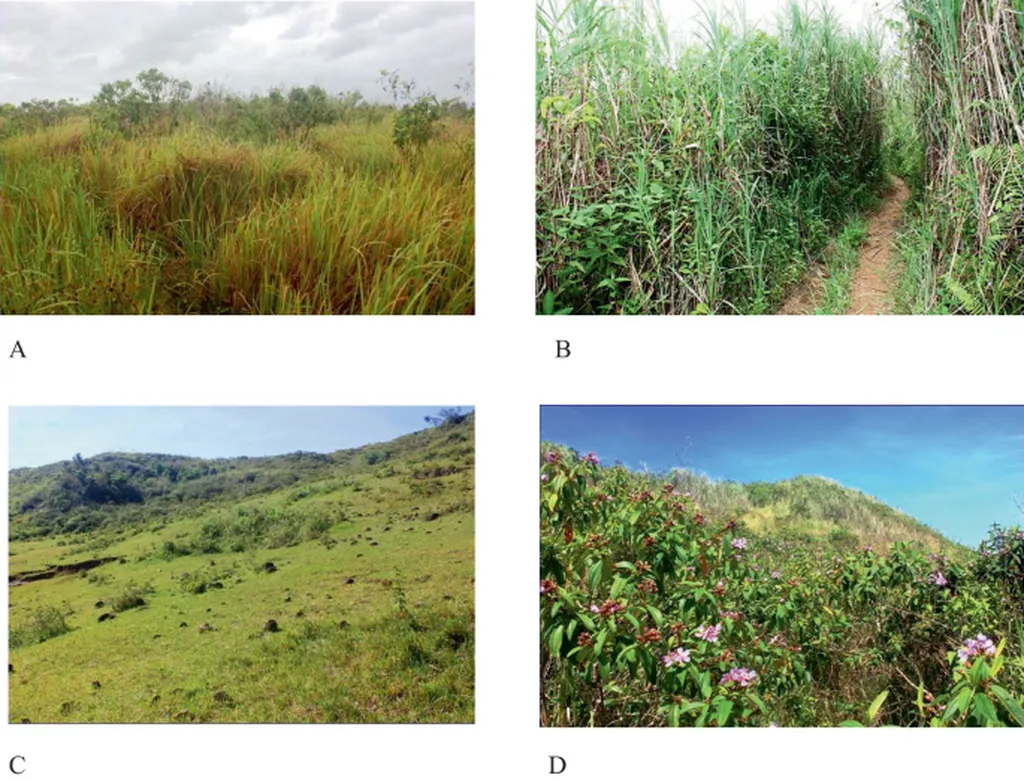In the rolling uplands of Leyte, Philippines, a humble grass is making waves in the world of sustainable agriculture. Mora grass, scientifically known as Vetiveria zizanoides, is emerging as a game-changer for farmers battling soil erosion and seeking to boost crop yields. This isn’t just good news for the farmers; it’s a potential boon for the energy sector, where sustainable feedstocks are increasingly in demand.
Zosimo M. de la Rosa, a researcher from the Farm and Resource Management Institute at Leyte State University, has been studying the impact of mora grass contour hedgerows on upland farms. His findings, published in the Annals of Tropical Research, reveal a technology that could reshape sustainable upland farming systems.
The study, conducted on six adjacent upland farms, showed that mora grass adapted exceptionally well to the upland environment. It effectively checked soil erosion, stabilized the farm, and improved soil fertility. “The consistent increase in the values of extractable phosphorus, potassium, calcium, and organic matter of the soil was believed to have caused the remarkable increase in the yield of corn during the last two cropping seasons,” de la Rosa noted.
This isn’t just about better harvests. It’s about creating a more resilient and productive agricultural system. The technology on the use of “mora” as foundation for contour hedgerows in upland corn fields has helped sustain crop productivity and supports current thrust on sustainable agriculture.
For the energy sector, the implications are significant. As the world shifts towards renewable energy, the demand for sustainable feedstocks is growing. Mora grass, with its ability to improve soil health and boost crop yields, could play a pivotal role in this transition. It’s not just about growing more; it’s about growing sustainably.
The study also documented farmer-cooperators’ responses and feedback on the effectiveness of “mora” used as contour hedgerow. Their positive experiences underscore the practical benefits of this technology. “The technology on the use of “mora” as foundation for contour hedgerows in upland corn fields has helped sustain crop productivity and supports current thrust on sustainable agriculture,” de la Rosa added.
As we look to the future, the potential of mora grass contour hedgerows is immense. It’s a technology that could help us meet the challenges of climate change, food security, and sustainable energy. It’s a testament to the power of innovation in agriculture and a reminder that sometimes, the solutions we seek are right under our feet.
In the words of de la Rosa, “This technology is not just about improving yields; it’s about creating a more sustainable and resilient agricultural system.” And that, in itself, is a significant step forward.

